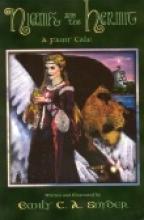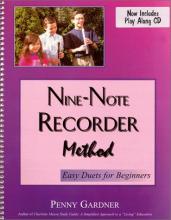No name
New American Bible with Revised New Testament and Revised Psalms
Copyrights 1970 - Old Testament, 1986 - New Testament, 1991 - Psalms
The Imprimatur was granted before the Holy See found portions of the text to be defective.
New Catholic Picture Bible
Father Lovasik includes many more stories in this work than Tomie de Paola's work. The pictures are more traditional (although not fine art), yet the stories are still short enough to make this a good choice for preschoolers as well. He explains parts of the Bible in light of our Catholic tradition within the story. For example, in the story "Jesus Appears to the Apostles" Fr. Lovasik explains what Jesus said to the apostles with the following quote:
"In these words Jesus gave the apostles the power to forgive sins, which He had promised them. This power Jesus wished to remain in His Church forever. The apostles passed it on to their successors–the bishops of the Catholic Church. This power is exercised by the priest in the Sacrament of Penance."
Some may appreciate his "additions" to the stories, others may find it a little confusing. The book also contains the Stations of the Cross and photos from the Holy Land.
Available from many sources including those listed below.
Newton and Me
Niamh and the Hermit
Nicholas: The Boy Who Became Santa
Published by CCC Animated Video
This story of St. Nicholas is very appealing for little ones and portrays him as an excellent example of charity and love for the poor. If you're trying to encourage a more religious understanding of Santa Claus (which is Dutch for Saint Nicholas), I recommend this video.
Updated March 2024: This 30-minute video is now available on a trilingual English / Spanish / French DVD.
Nine-Note Recorder Method: Easy Duets for Beginners
Whether you are an accomplished musician or a complete novice, this simple, inexpensive book will have you playing beautiful music in less than an hour. (I have children in both categories, and have been unable to pick up the book to review it for almost three months since it's been in constant use!) By learning the nine easiest notes to play, and then playing music in parts, learners at all levels are immediately successful.
The book begins with an explanation of how to read music (notes, rhythm, etc.), and directs those to whom those concepts are new to Penny Gardner's website for more information. Correct recorder technique is then covered. By page 4, you are playing music, by page 5 you are working on a duet! Over 70 arrangements include folk songs ("Shoo Fly," "Michael Row the Boat Ashore") and Christmas Songs ("O Come All Ye Faithful," "Ding-Dong Merrily on High"), as well as classic melodies by Mozart and Bach and popular fiddle tunes such as "The Irish Washerwoman" and "Old Joe Clark." The variety lends itself to lessons and/or performances. Several of the pieces include a third part for use by a trio.
In her introduction, Penny Gardner reminds us that a recorder often proves to be a springboard to further music study. Armed with the knowledge in this one book, your child(ren) will have a great start in both music theory and technique.
No Price Too High and A Dinner with Alex Jones
DVD 2 hours, 20 minutes
Noble Heroine of Charity
48 minutes
North and South
A Norton Critical Edition edited by Alan Shelston.








